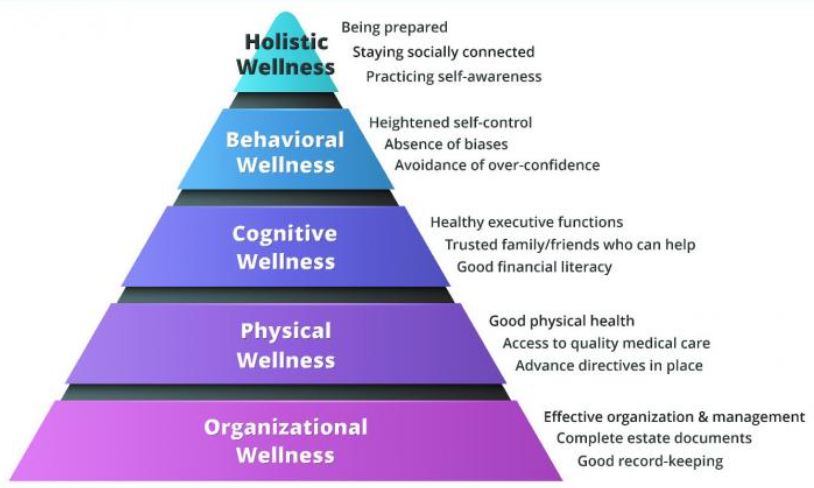The Traditional View of SPIAs
The traditional view of Single Premium Immediate Annuities (SPIAs) is that, as a vehicle that turns a lump sum into a fixed and guaranteed (but otherwise illiquid) stream of monthly payments for life, they are best used for retirees that are focused entirely and solely on generating steady guaranteed income in retirement (to the point that they’re willing to give up the liquidity and any portfolio upside potential).
And in practice, that trade-off isn’t actually very popular for most, with LIMRA statistics showing meager adoption of SPIAs (compared to other annuity alternatives), with sales that actually fell dramatically in 2020 (despite the market volatility and what is otherwise usually a flight to safety during times of market fear).
The New View of SPIAs
Yet as the author notes that the value of SPIAs isn’t just their lifetime guarantee, but the fact that SPIAs are a “fixed income” vehicle that pays not only principal plus interest like a bond but also a “mortality credit” (the benefit of pooled longevity reduced by the insurance company’s own expenses, otherwise known as the portion of annuity payments that are shifted from those who pass away early to support the continued payments to those who live longer), which may be trivial early on but after 25 years (for a 65-year-old annuity purchaser) can amount to 17% of their ongoing payments (and by age 100 rises to almost 39% of their cumulative payments). Which means another way to view an SPIA is not as a guaranteed income vehicle for retirement lifestyle spending, but essentially as a bond alternative that, once annuitized, is then reinvested into equities as the payments are received and the annuity effectively self-liquidates.
The appeal of such a strategy is that it both helps to mitigate sequence of return risk (by buffering the early years of volatility with the guarantees of the annuity payment), helps to ameliorate what is otherwise a significant inflation risk of SPIAs (as the payments aren’t there to maintain purchasing power, but to reinvest back into equities that grow to maintain purchasing power over time), and provides more flexibility (as it doesn’t entail fully liquidating the portfolio but simply carving off a portion of it) while providing a better outcome for those who live the longest (and get the most mortality credits to out-compound the return of just buying bonds alone).


 RSS Feed
RSS Feed
